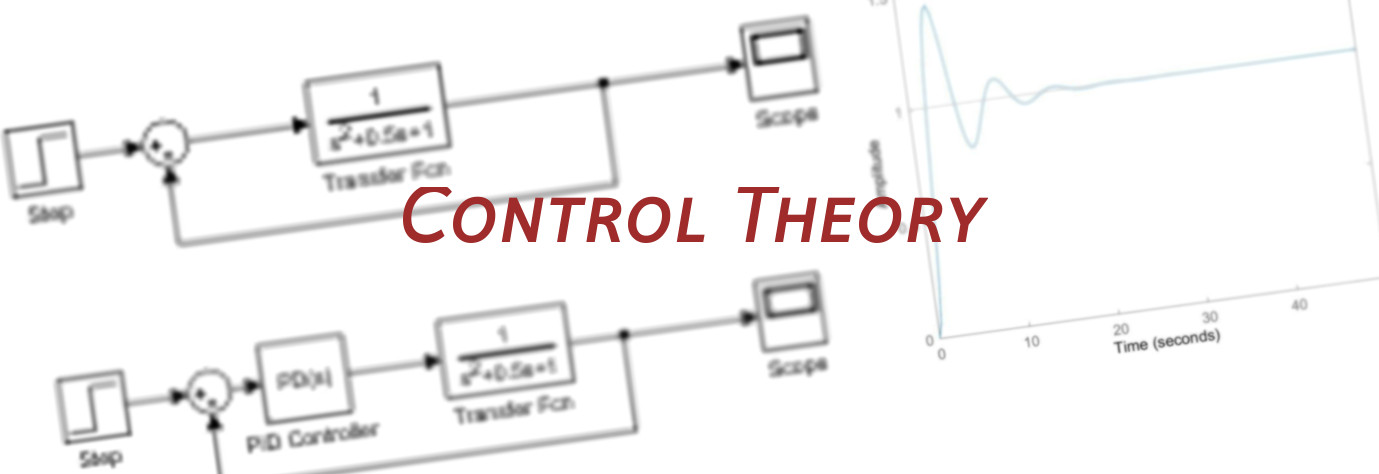The Engineering Black box is possibly one of the first few things that an engineering student is exposed to. What we try to do is to build a model based on physical laws, then propose how we can implement the system such that it is robust – can reject disturbances which is not captured in the core black box. A classic example is in cruise control: ideally so long as the engine runs, the plane should move in a steady pace. However with the highly variable turbulences in the air, if we just let the engine run as it has been doing, we will probably end up flying at an angle depending on the direction of air flow, ie. highly variable in distance and in time. That does not sound ideal to our passengers, right? Therefore in automatic cruising control, controllers integrate the disturbances in the system (air flow) and adjust the system so that the engine changes the way it runs in response to the disturbances.
In biomedical applications, there are numerous types of feedback systems to maintain homeostasis in most multicellular organisms. Pharmacokinetic and pharmacodynamic (PKPD) models are prominent in investigating the distribution and effect of drugs in the body and in the target site. Control theory serves as a mathematical framework to bring together compartmental models to see how the “controllers” in our body respond to disturbances such as infections or chemotherapy.
An Overview of Classic Control Theory
PID Controller Design
Fuzzy Controller Design
Compartmental Models (CL artificial pancreas)
PKPD (Insulin)
